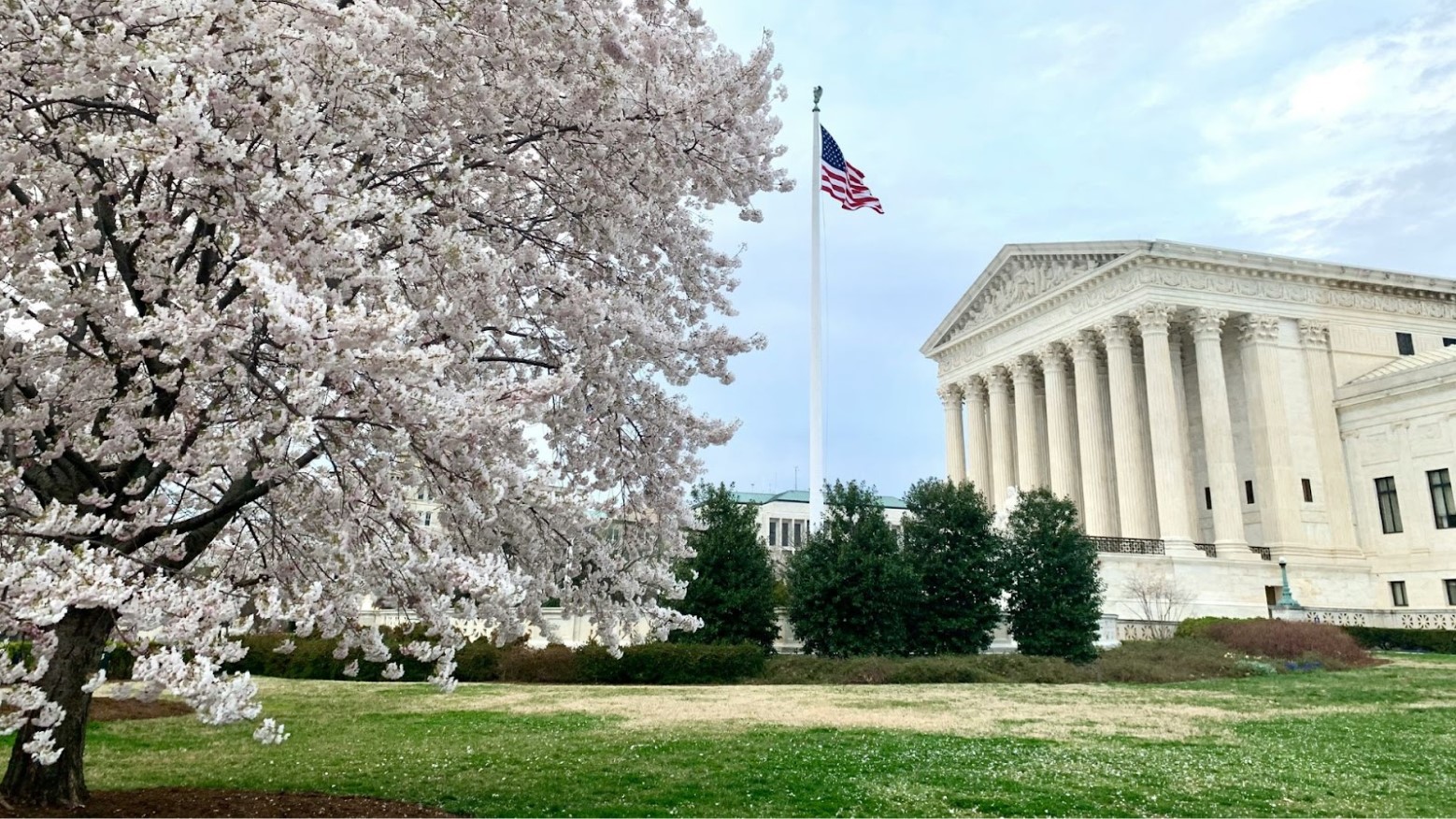EPA’s ‘Good Neighbor’ Air Pollution Plan Blocked by Supreme Court
The U.S. Supreme Court has blocked an Environmental Protection Agency (EPA) regulation designed to reduce ozone emissions that could increase air pollution in neighboring states.
This decision, delivered on Thursday, marks a victory for three Republican-led states and the steel and fossil-fuel industries that contested the rule.
Requests Granted
In a 5-4 ruling, the Court granted requests from Ohio, Indiana, West Virginia, U.S. Steel Corp, pipeline operator Kinder Morgan, and various industry groups to halt the enforcement of the EPA’s “Good Neighbor” plan, which aims to curb ozone pollution from upwind states.

Source: Freepik
The rule’s legality will now be contested in a lower court. This decision is the latest in a series of rulings by the conservative-majority court limiting the EPA’s authority.
Pollution Drifting to Downwind States
Issued in March 2023, the EPA rule targets gases that form ozone, a key smog component, from power plants and other industrial sources in 23 upwind states.

Source: Stefan Kuhn/Wikimedia
These states’ own plans did not meet the “Good Neighbor” provision of the Clean Air Act, which requires measures to reduce pollution drifting into downwind states.
Aim of the ‘Good Neighbor’ Plan
The EPA claimed the rule would result in cleaner air for millions, potentially saving thousands of lives.

Source: EyeEm, Freepik
Justice Brett Kavanaugh, who authored the majority opinion, stated that the challengers are likely to prevail in their litigation, arguing that the EPA did not adequately justify its actions.
“Underdeveloped Theory”
In contrast, Justice Amy Coney Barrett, joined by the Court’s three liberal justices, dissented.

Source: Wikimedia
Barrett criticized the decision, stating it was based on an “underdeveloped theory” unlikely to succeed on its merits.
EPA Ready to Fight Back
The EPA expressed disappointment with the ruling but looks forward to defending the plan as litigation continues.

Source: Robert Alexander/Getty Images
An EPA spokesperson noted that the Court’s decision “will postpone the benefits that the Good Neighbor Plan is already achieving in many states and communities.”
SCOTUS Challenges EPA’s Authority
West Virginia Attorney General Patrick Morrisey praised the decision, asserting that the EPA must operate within the statutory boundaries set by Congress.

Source: Jemal Countess/Getty Images for Court Accountability
This challenge follows a significant 2022 Supreme Court ruling that limited the EPA’s authority under the Clean Air Act to reduce carbon emissions from coal and gas-fired power plants, hindering President Joe Biden’s climate change initiatives. Last year, the Court also curtailed the EPA’s power to protect wetlands and combat water pollution.
EPA Accused of Violating a Federal Law
The “Good Neighbor” rule was challenged by Ohio, Indiana, and West Virginia, along with pipeline operators, U.S. Steel, regional electricity generators, and energy trade associations.

Source: Phil Roeder/Flickr
They argued in the U.S. Court of Appeals for the District of Columbia Circuit that the EPA violated a federal law ensuring agency actions are reasonable. After the D.C. Circuit refused to block the rule, the challengers appealed to the Supreme Court.
Impact on Public Health
Opponents of the rule claimed it would impose unreasonable costs and destabilize power grids.

Source: nortonrx/Getty Images
The Justice Department, defending the EPA, warned the Supreme Court of the significant public health harms that would result from blocking the rule.
Leniency to Major Polluters
Environmental groups condemned the ruling.

Source: Freepik
Sam Sankar of Earthjustice described the decision as part of a troubling trend of anti-environmental rulings by the Supreme Court, arguing it endangers lives, burdens downwind states, and signals leniency towards major polluters.
Questioning the Plan
The rule’s enforcement has already been paused in 12 of the 23 states due to separate lower court challenges, including West Virginia.

Pacamah/Wikimedia Commons
During February 21 arguments, some conservative justices questioned the EPA’s explanation for the plan, given it now applies to only 11 states instead of the intended 23. Liberal justices were concerned about the necessity of the Supreme Court’s emergency intervention at this time.
Specific Requests
Some industry requests to the Supreme Court were specific. Kinder Morgan sought to block the regulation for natural gas pipeline engines, while U.S. Steel aimed to prevent its enforcement on iron and steel mill reheating furnaces and boilers.

Source: Bill Mason/Unsplash
On January 16, the EPA proposed enforcing the “Good Neighbor” plan in five additional states: Arizona, Iowa, Kansas, New Mexico, and Tennessee.
